Modern television uses the latest innovative technologies. As a result, their description contains a large number of technical terms and concepts. As a consequence, many users often confuse them. In addition, the description from companies often contains a marketing component, which additionally distorts objective information.
Refresh rate and FPS
The confusion with the screen refresh rate and frame rate due to the same unit of measurement (frames per second) and the similarity of their physical values (information density per unit of time) well illustrates this problem. But they characterize different values.
The screen refresh rate corresponds to the maximum number of frames played by the TV per second. In other words, a screen with a frequency of 60 Hz reproduces the image 60 times per second. In fact, the refresh rate of the LCD screen characterizes the frequency of the signals coming to the matrix with information about the color change of the pixels. That is, this value characterizes the objective ability of the device to reproduce frames. Thus, a 50 Hz screen displays the 60 FPS video with lossy.
Frame frequency or Frames Per Second (FPS) or Frame Rate or Frame Frequency characterizes the number of frames replaced per second in video content, that is, the shooting technology. This concept was first used by photographer Eadweard Muybridge, who experimented with chronophotographic shooting the moving objects with several cameras.
Thus, the difference between these values can be formulated as follows:
FPS characterizes the number of frames per second of a video content, and the screen refresh rate determines the possibility of its playback on a particular TV screen. Of course, the optimal choice requires taking into account this aspect. Probably, an expensive display with a frequency of 100 Hz and above will be unnecessarily redundant for playing 25 FPS video content.
The video at the end illustrates in detail the difference between these specs.
Modern TVs
In general, modern LED TVs use IPS matrices or their modifications. They provide good color rendering up to 99% and wide viewing angles of 178 ° vertically and horizontally.
The response of the modern IPS matrix is about 5 ms. Thus, it plays a maximum of 1000 ms / 5 ms = 200 frames per second. But really, the response time can reach 7 milliseconds.
Today, manufacturers install 3 types of matrixes on TVs:
– matrix with a frequency of 60 fps;
– matrices with a frequency of 120 fps (most common);
– matrix with a frequency of 240 fps (usually in expensive models).
Today video content for various standards supports:
– 1080i – interlaced standard with a frame rate of 25 or 30 (29.97) fps;
– 1080p – standard with progressive scanning, allowing the use of 24, 25, 30, 50 or 60 fps;
– 720p – standard with progressive (line-by-line) scanning, allowing the use of 50 or 60 fps;
– SD – standard digital television 50 or 60 fps;
– Analog signal – 25 fps.
Frame interpolation
Refresh rate directly affects the smooth reproduction of high-dynamic scenes and the screen flickering. Accordingly, its increase improves smoothness and reduces flicker. Today, companies solve this task by hardware or by using special processing algorithms (frame interpolation).
Frame interpolation forms additional intermediate frames in video content. Today, almost all segment leaders use their own technologies. The list of indices and technologies of dynamic scenes from different companies includes:
– Clear motion rate (CMR), Picture Quality Index (PQI) – Samsung;
– Picture Mastering Index (PMI) – LG;
– Perfect Motion Rate (PMR) – Philips;
– Motionflow XR – Sony;
– Active Motion & Resolution(AMR) – Toshiba;
– Backlight scanning BLS – Panasonic;
– Clear Motion Index (CMI) – Thomson;
– Subfield Motion – Samsung plazma.
Unfortunately, companies use different index calculation methods.
Accordingly, TVs without an index of dynamic scenes reproduce an image with a frame rate of the input signal, without its correction or improvement. But today, such models are found only in the budget segment.
Indices of dynamic scenes
TVs with an index of dynamic scenes 100 improve the image by adding 1 frame between the existing two (frame interpolation). Usually, additional virtual frames are identical to the original. In this case, increasing the frequency reduces flicker. Thus, a 60 Hz matrix with an index of 100 visualizes an improvement only for video content with a frequency of less than 60.
The index of dynamic scenes 200 is virtually identical to the previous, but uses an improved image processing algorithm by the processor.
TVs with a 120 Hz matrix typically support a 400-600 index. They generate 2-3 additional frames between the original ones. The format of the generated frames (identical or different) depends on the processing algorithm. Given the use of identical processors for the indices 100 and 400, it can be assumed that they are identical.
Additionally, models with such indices necessarily use local dimming.
Theoretically, this technology provides an improvement even for UHD, but many users do not confirm this in their feedback and comments.
Models with with support for 800-1200 index use expensive matrices and high-performance processors that provide frame analysis and the creation of new intermediate real frames.
According to TV owners, the visualization of improved playback of high-dynamic scenes is present between models with indices 100 and 200, but disappears at indices 400 or 600. Therefore, many experts consider the indexing to be partially marketing.
Of course, interpolation requires perfect processing algorithms. Otherwise, inaccurate conversion or generation of intermediate frames reduces the quality of the final image due to digital artifacts. Therefore, increasing the frequency significantly increases the requirements for processing algorithms.
Features
Unfortunately, some companies incorrectly use the concept of 200 Hz.
Honest dynamic image enhancement technology uses motion interpolation, generating additional frames. Other a cheaper and less efficient technology uses Scanning Backlight technology, which reduces motion blur.
Such TVs with pseudo 200 Hz mode and Scanning Backlight technology actually provide frame refreshing only with 100 Hz. In this case, the control system divides the screen into three parts horizontally and periodically on / off backlight. Next, the TV adds a dark rectangle to the image on the screen, that moves across the screen at a frequency of 100 times per second, creating the illusion of playback with 200 Hz.
Periodically dimming the backlight reduces the blurring effect of a moving object, increasing the sharpness of the contours in intermediate frames. Additionally, this technology reduces power consumption. But, of course, Scanning Backlight is radically different from the real frequency of 200 Hz and has significant drawbacks. In particular, it reduces the overall brightness of the image and increases the flicker of the screen. The test mode of such images illustrates the difference between real 200 Hz and Scanning Backlight.
Although, of course, the lower cost partially compensates for this nuance.
Conclusion
Today, models of the world’s leading electronics companies, including Samsung, LG and Sony, provide real 200 fps with the help of powerful high-performance video processors. Such TVs correctly form up to three intermediate frames between consecutive frames of a standard 50 Hz video content.
As a result, the 200 Hz provides excellent detail even for the complex maneuver of a football player or fast boxer attack.
In addition, TVs with a refresh rate of 200 Hz are great for gamers. Unfortunately, all such models belong to the upper price segment.
Of course, the refresh rate is one of the important criteria for choosing a TV.
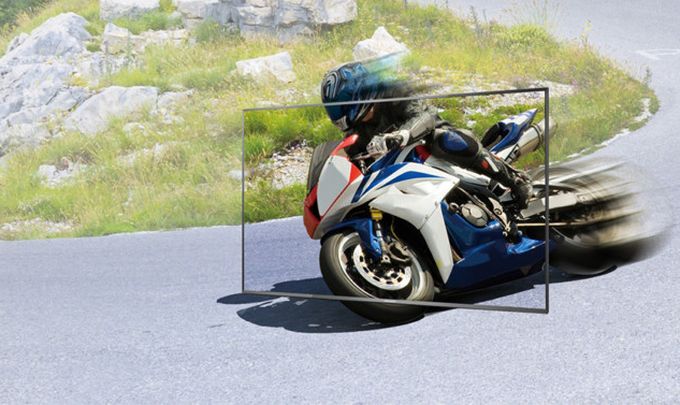
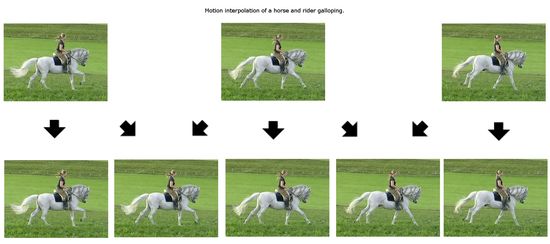
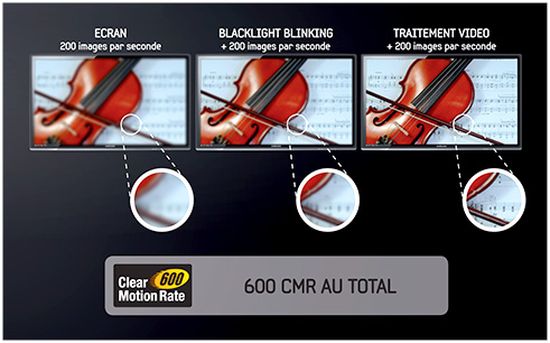
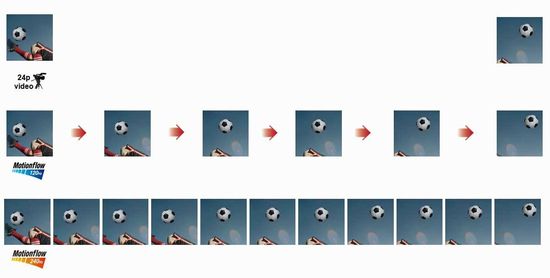
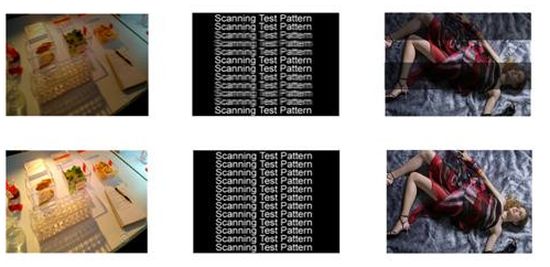
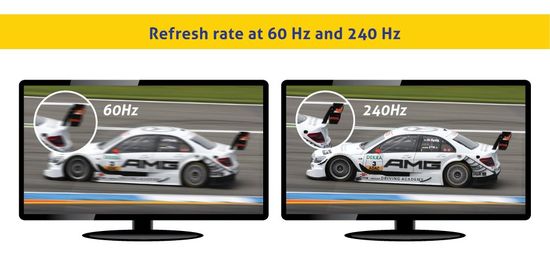
Pingback: Frame rate or fps vs screen refresh rate - The Appliances Reviews